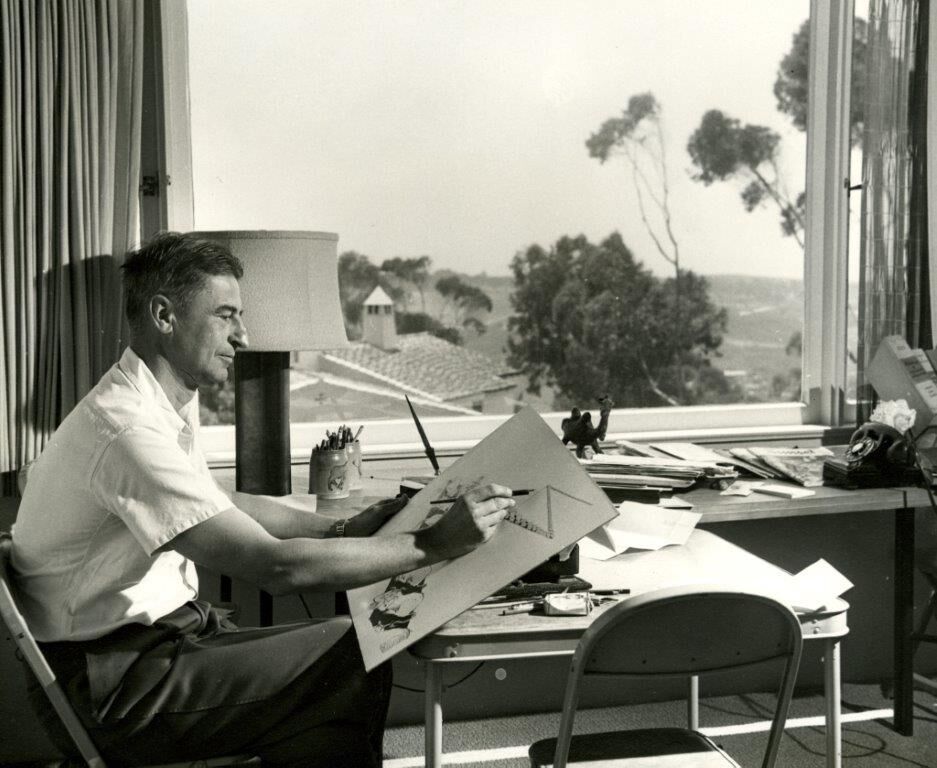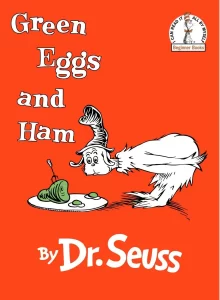Iftikar Ahmed
Knowledge can be gained at any age. After having a detailed study on topics there are things unknown to us. So, we at Abirpothi present before you the lesser-known facts about artists around the world.
Dr. Seuss
I start drawing, and eventually the characters involve themselves in a situation. Then in the end, I go back and try to cut out most of the preachments.
-Dr Seuss
Author and cartoonist Theodor Seuss Geisel, well known by his pen name Dr. Seuss, wrote and published more than 60 books. He went by the pen name Dr. Seuss and released his first children’s book, ‘And to Think That I Saw It on Mulberry Street’, ‘The Cat in the Hat’ and ‘Green Eggs and Ham’ were among the following bestsellers. Generations of fans have admired his rhymes and characters.
11 Things You Didn’t Know About Dr. Seuss
- Theodor Seuss Geisel was the real name of Dr. Seuss. Along with Dr. Seuss, he also wrote under the pen names L. Pasteur, D.G. Rossetti ’25, T. Seuss, and Seuss. Seuss did not hold a PhD, hence the title “Dr.” was merely a pseudonym.
- Seuss is not spoken with a “Soose” or “Zeus” sound. Instead, the name is pronounced “Soice” (or “Zoice”) by Dr. Seuss and his family. Dr. Seuss’ pen name was first used as a means of getting out of punishment in college.
- Seuss and his friends were busted drinking gin in his Dartmouth dorm in 1925, during the height of Prohibition. As a consequence, Seuss lost his position as editor of Jack-O-Lantern, the college’s humour publication. He nevertheless carried on publishing under a number of aliases. During that time, he also went by a number of other names, including “Dr Theophrastus Seuss,” which he later abbreviated to “Dr Seuss” as his preferred professional pen name.
- Seuss and his wife, Helen Palmer, collaborated on the 1947 documentary film ‘Design for Death’, which won an Academy Award. It discusses Pearl Harbor, Japan during World War II, and propaganda. ‘Gerald McBoing Boing’, one of Theodor Seuss Geisel’s stories, was adapted into an animated short and honoured with an Oscar in 1950.
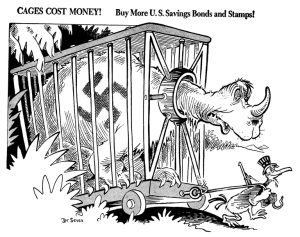
“Cages cost money!”, a Dec. 15, 1941 political cartoon from Dr. Seuss. Courtesy: Special Collection & Archives, UC San Diego Library - Geisel, who had a clear interest in political cartoons, accepted a job during World War II making propaganda images and films for the Allies. He created all of the content and even contributed some of his distinctive rhymes in addition to drawing them. In PM, a New York newspaper that was published from 1940 to 1948, he published cartoons. While some of his portrayals criticised Adolf Hitler and the military officer Charles Lindbergh, others urged viewers to purchase stocks and bonds in order to support the American economy during the war.
- Dr. Seuss gathered a variety of hats over the course of his lifetime and wrote a book called ‘The 500 Hats of Bartholomew Cubbins’ about them. He accumulated several hundred hats of all types, which he frequently wore during themed dinner parties, according to Mental Floss magazine.
- The 1950 book ‘If I Ran the Zoo’ by Dr. Seuss appears to be the first instance of the word “nerd” appearing in print. It is claimed that even while Seuss did not use the word in the form that we do today, there is a strong case to be made that he originated or inspired it.
- His best-selling book of all time was the result of a bet. Bennett Cerf, the editor of Dr. Seuss, challenged him to write a book in 50 or fewer words. The outcome is ‘Green Eggs and Ham,’ a 1960s film. Since its debut, the tale of Sam-I-Am trying to persuade an unnamed figure to eat green eggs and ham has sold more than eight million copies, despite the fact that the Cat and the Grinch are among Seuss’ most recognisable characters.
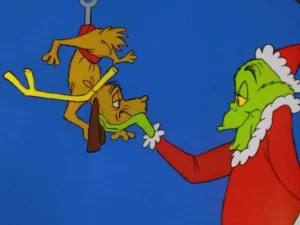
“How the Grinch Stole Christmas” is a popular Dr. Seuss story. Courtesy: Universal - Dr. Seuss invented the fictitious character known as The Grinch. The primary character of the 1957 children’s book How the Grinch Stole Christmas is what most people remember him as. Despite not having created the word “grinch,” Seuss is solely responsible for its definition—a grumpy person. The phrase was actually altered by him.
- Dr. Seuss’ first wife and he were unable to have children. Chrysanthemum-Pearl, the couple’s fictitious daughter, was frequently the subject of bragging to acquaintances, according to Smithsonian magazine and other sources.
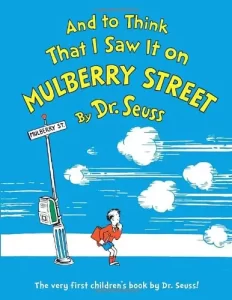
“And to Think That I Saw It on Mulberry Street.” Courtesy: Random House - Seuss’ first foray into children’s literature was with ‘And to Think That I Saw It on Mulberry Street’ in 1937. Before then, he had a successful career in advertising, writing copy and drawing advertisements for companies such as Standard Oil and Flit bug spray. His catchphrase “Quick, Henry, the Flit!” became popular and he continued to produce work for the company for 17 years.


